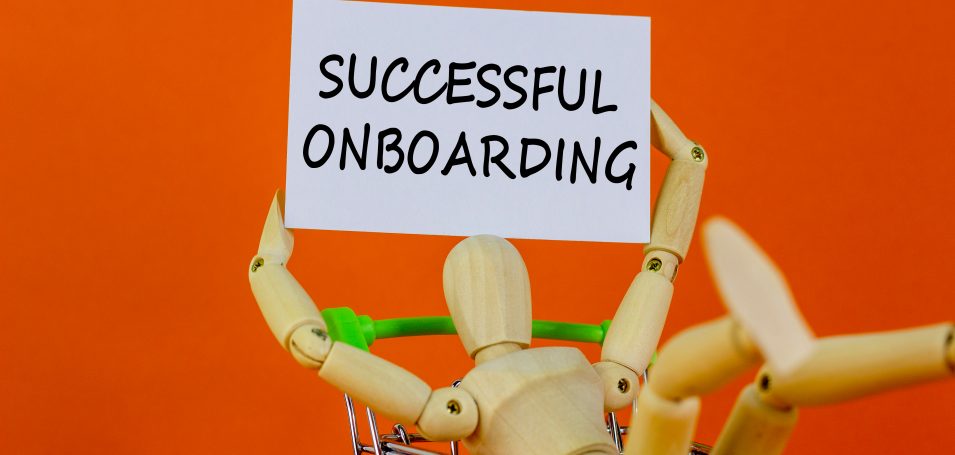Your team probably spends a large amount of time devising strategies related to product research, marketing, customer service, and more. But what about customer education? If this is lacking, you’re missing out on a valuable opportunity to engage your customers.
As businesses increasingly adopt customer-centric approaches, those that neglect customer education do so at their own risk. Teaching your customers how to obtain the maximum value from your products will help you build long-term relationships with them, ultimately leading to higher customer satisfaction and retention rates.
This article explores how to build an effective customer education strategy—transforming it from a vague concept into a structured, measurable, and actionable plan that helps your business drive profitability and sustainable growth. Armed with this information, you and your colleagues can fully leverage all the benefits of a well-crafted customer education strategy.
Understanding the Basics of Customer Education
A customer education strategy is a structured approach to teaching, training, onboarding, and retaining new and current customers. It aims to increase user proficiency and satisfaction via training programs, blogs, webinars, ebooks, video tutorials, and other documentation.
The key components of a customer education strategy typically include:
- Needs assessment
- Goals and objectives
- Content development
- Delivery platforms
- Interactive elements
- Ongoing support and resources
- Metrics and feedback
Having a robust customer training program in place offers many benefits, such as:
- Increased customer satisfaction and loyalty
- Reduced churn rates
- Enhanced customer experience
- More referrals and positive word-of-mouth
- Improved brand reputation
- Streamlined support operations
- Lower support costs
- Increased operational efficiency
- Fewer product returns and issues
Perhaps most importantly, effective customer training can preemptively address common queries and issues, freeing up your workers for more strategic initiatives. By investing in educational programs for customers, you demonstrate your company’s commitment to customer success.
Setting Clear Goals
Before doing anything else, it’s important to establish specific goals for your customer education strategy so your efforts remain targeted and precise. Using surveys, interviews, and user behavior analytics, begin by assessing your customers’ needs and pain points.
Some examples of common goals include:
- Improving product adoption
- Reducing support inquiries
- Building customer loyalty
- Increasing customer retention
Be sure to align these goals with your broader business objectives so your customer support education initiatives directly contribute to company growth. As you do this, remember to look at everything holistically because customer education often affects many other interconnected areas within a business—its digital content strategy, customer success strategy, product strategy, customer onboarding strategy, and so on.
In addition, choose relevant key performance indicators (KPIs) from the outset to help you measure the success of your strategy. Several standard metrics include:
- Training completion rates
- Customer satisfaction (CSAT) scores
- Product adoption rates
- Retention rates
- Support ticket reduction
- Time to proficiency
- Net promoter scores (NPS)
- Customer lifetime value (CLV)
- Product usage changes
- Revenue impact
Finally, review these metrics regularly to gauge the effectiveness of your strategy and make data-driven adjustments to continually optimize your customer education program.
Designing Your Customer Education Program
A customer education development plan outlines the specific actions you’ll need to take to create and deploy the customer education tools you believe will address your customer needs.
To develop this plan and carry out your strategy, follow these steps:
- Use surveys, feedback, and analytics to determine customer needs and preferences.
- Choose the appropriate content and formats best suited to your audience’s learning styles. Some options include tutorials, webinars, and interactive modules.
- Leverage technology and tools like a customer learning management system (LMS), video platforms, and customer relationship management (CRM) software to ensure the seamless delivery and tracking of your educational materials.
- Continuously evaluate and refine your program based on feedback and performance metrics to guarantee it remains relevant and impactful.
Content Development and Delivery
As you develop your educational content and plan its delivery to customers, seek to resolve the pain points that hinder their use of your products. Strive to make your materials both engaging and relevant.
The following best practices can increase your odds of being successful:
- Personalize your content to match your customer base’s preferred learning styles and preferences.
- Design a user-friendly interface and navigation for easy access.
- Provide clear pathways for progression through learning modules and courses.
- Give the information at the customer’s moment of need.
- Deliver the materials at the right time and place in the customer journey.
- Ensure your content is in the proper format for the particular user. This can include offering mobile-friendly and on-demand access to accommodate flexible learning schedules.
- Use analytics to track user engagement and identify areas for improvement.
- Integrate feedback loops to gather insights and continuously improve content relevance.
- Collaborate with your customer support teams to identify frequent issues.
Remember to use multimedia, including videos, infographics, and interactive elements like quizzes and simulations, to keep your customers interested and motivated to learn.
By combining thoughtful content development with strategic delivery methods, you can effectively engage your customers, improve their learning outcomes, and boost their satisfaction with your products and brand.
Implementing and Scaling Your Strategy
As your company grows, it’s crucial that your customer education program scales with it. So, how do you accomplish this? Our advice is to “future-proof” your customer education strategy by choosing a robust platform at the beginning that sets your business up for long-term success.
Thought Industries’ Customer Education Playbook offers helpful guidance on selecting the best platform for your needs and explains how to engage, convert, and boost customer retention through education.
In addition, to future-proof your strategy, follow these suggestions:
- Continually iterate
- Stay ahead of industry trends
- Leverage technology to maintain relevance and impact
At the outset, align your educational goals with your company’s broader business objectives. Additionally, develop adaptable and scalable content that can evolve with your business.
Next, use an LMS or integrated customer experience platform to centralize your content management, track learner progress, and analyze the effectiveness of your materials.
Meanwhile, consider utilizing a customer education maturity model to evaluate and guide the development of your capabilities over time. It will provide a roadmap that can help you move from basic or ad hoc efforts to more advanced and effective strategic initiatives.
Measuring and Improving Your Strategy
No matter how well-planned your initial customer education strategy is, there will always be room for improvement. To assess its effectiveness, use techniques such as:
- Tracking completion rates
- Analyzing CSAT and NPS scores
- Monitoring product adoption metrics
Surveys, user interviews, and support interactions can all provide valuable insights and data points for analysis. You can adapt your content and delivery methods using feedback and industry trends to ensure relevance, maximize impact, and increase customer proficiency and satisfaction.
Unlock All the Benefits of a Customer Education Strategy
As the customer experience grows in importance, driven by increased global competition and digital usage, so does customer education. After all, a well-informed customer naturally tends to be more satisfied and loyal to the brand.
If you’re part of a company that wants to increase engagement, retention, and sales, it’s time to get serious about your customer education strategy. This means developing a comprehensive plan with clear goals, creating and delivering meaningful content, continually updating it based on measurable data, and ensuring it’s scalable from day one.
Investing in customer education is essential to staying competitive and achieving long-term growth. Get started today with a free demo of Thought Industries’ award-winning customer learning and training platform.
Experience firsthand how the platform can revolutionize your company’s approach to customer education, empowering you to build deeper customer relationships and drive sustained business success.


